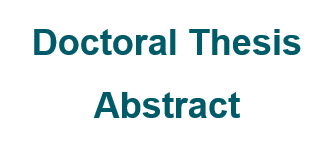The horse and its culture as a vector of development
DOI:
https://doi.org/10.31285/AGRO.26.1511Keywords:
horse, equine, equestrian activities, sustainable developmentAbstract
Uruguay, as an inhabited space, has developed a historical and sustained link with extensive ranching based on natural fields. The habitat presented very favorable conditions that stimulated the multiplication of the first cattle that the colonizers introduced to the country, at the dawn of the 17th century. This process, which is already more than four centuries old, allowed the consolidation of an agro-industrial chain around cattle, which, although it underwent very notable transformations over time, today is one of the most important economic items in the country. This activity occupies, in a relative way, the largest productive area of the national territory and its persistence is a very convincing proof of its sustainability. Its economic results, social consideration and respect for the environment have been qualities of a vector of support for society as a whole. Now, it is necessary to emphasize that this story would not have been possible without the presence of the horses. Their natural attributes as a species and their ductility transformed them into the most important instrument used by human beings to be able to handle the increasingly numerous herds that grew in the fields. Over time, and with the appearance, development and consolidation of equestrian sports, horses -without losing their importance in work and in rural life in general and functional to extensive livestock farming which, from a numerical point of view, continues being their main destination- they gradually became outstanding protagonists. All these temporal and spatial considerations related to the horse and managers of a very expressive present are those that would be justifying an innovative and profound reflection on the set of equestrian activities and their potential to become a vector capable of contributing to the sustainable development of the department and the region.
Downloads

Published
How to Cite
Issue
Section
License
Copyright (c) 2022 Agrociencia Uruguay

This work is licensed under a Creative Commons Attribution 4.0 International License.
| Article metrics | |
|---|---|
| Abstract views | |
| Galley vies | |
| PDF Views | |
| HTML views | |
| Other views | |

















